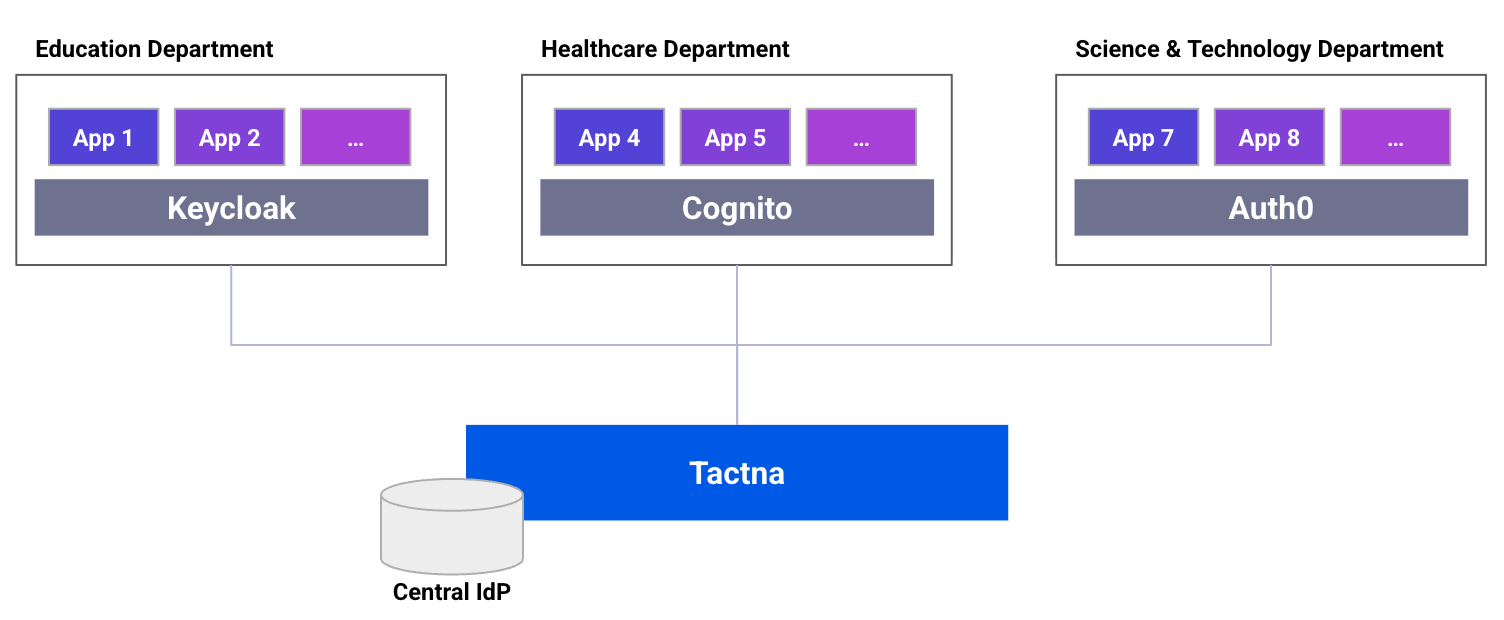ID Integration
In large enterprises, different departments often deploy separate Identity Providers (IdPs) for their customer applications, forcing users to maintain multiple accounts across the organization. This fragmentation makes implementing consistent security policies difficult while creating poor user experiences through credential proliferation. A centralized IdP architecture that consolidates authentication management addresses both security governance and user experience challenges.

1. Unified Security Standards Through Identity Consolidation
Centralizing credentials in a central IdP enables consistent authentication policies enterprise-wide, reducing security incident risk through standardized controls and monitoring.
2. Enhanced User Experience Through Single Sign-On
Users access all applications with a single set of credentials, eliminating password fatigue and enabling seamless cross-application workflows that drive business synergies.
3. Maintaining Departmental Autonomy
Department-managed IDaaS platforms preserves local authorization logic and specialized controls. This architecture balances enterprise governance with operational flexibility.